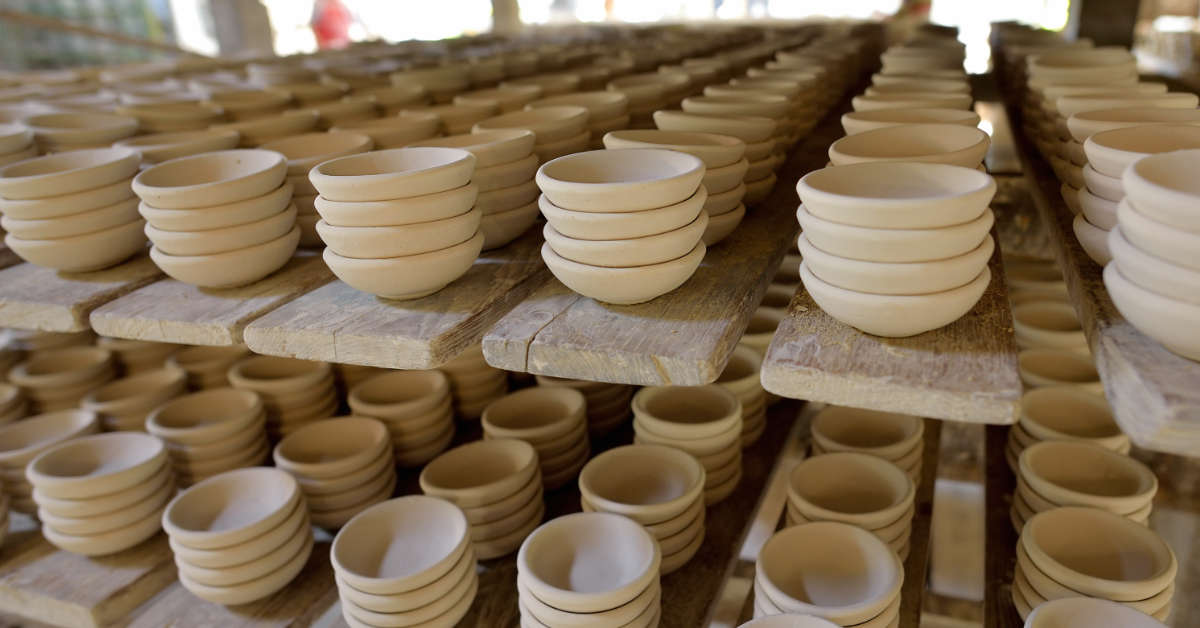The capacity to quickly connect customer needs with production processes has been the main reason why ceramic producers have been able to maintain their competitiveness in the global market.
The ceramics industry has been able to keep with Industry 4.0 because it is one of the sectors that invests most in Research, Development and Innovation. The will to internalize the new tools of smart manufacturing was born of private enterprises and public institutions, which serve as a digital transformation guide for businesses.
Current scenario
Ceramic manufacturing processes are highly automated in terms of product handling and material processing. However, the main problem of the sector remains the lack of interconnection between machines and equipment responsible for each manufacturing phase. While digitalization of the ceramics industry is progressing, there is still a lot of work to be done to automate and optimize the flow of data and information.
Benefits on going digital
The goal of digital transformation in the ceramics industry is to evolve towards more efficient, productive and sustainable processes, thereby providing the following competitive advantages:
- Reduce Costs. Interconnectivity among devices and machine learning models simplifies production processes and optimizes expenses by reducing unnecessary costs.
- Reduce Power Consumption. New smart tools calculate optimum production levels and obtain the same results with minimal energy consumption.
- Reduce Test Inefficiency. Digital and simulation models can shorten the testing process and replace the time-consuming and costly “Trial and Error” procedures.
- Reduce Process and Transition Times. Automating and optimizing workspaces accelerates processes and eliminates breaks between phases.
- Enhance Product Quality. New processes create intelligent design and innovative products that attract market interest. Moreover, the safety and reliability of the measurements of some variables guarantee the final quality of the product.
- Reduce Waste. Energy savings and the use of previously wasted materials are an incentive for businesses to reduce their impact on the environment and pollution.
Interventions and potential results
The connection of the different parts of the process in order to standardize information is therefore very important for the ceramics industry. Companies must take the following measures:
- Implementation of a traceability system for each of the pieces of the multiple production lines and tracking of each of them, once integrated into the platform.
- Monitoring of all production system information through an extensive network of IoT sensors.
- Creation of a holistic database to track all information and data flows from the global production system, achieving a more accurate and sophisticated OEE measurement.
- Design of a Digital Twin that provides real-time information of production.
Future trends
The ceramics industry will continue to flourish as long as companies can cope with the ongoing redefinition and reshaping of the market.
Digital disruption in the traditional housing materials industry is driving market growth for the most advanced and innovative ceramic producers. Trends such as smart designs (self-washing and self-adapting), sustainable ceramic tiles, or energy-efficient ceramics are already on the rise.
The migration to digital manufacturing is only the first step for the ceramics industry, but this will not be enough without an action plan that incorporates each of the company’s areas and covers three fundamental fields:
- Measurement,
- Ability to react,
- Creation of new solutions.
Sources: nexusintegra.io


